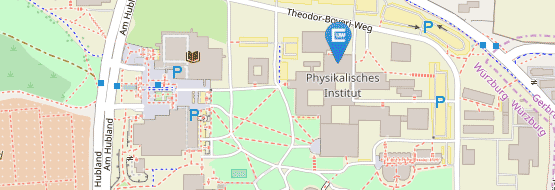B04
Low-energy theories for strongly correlated spin-orbit electron systems in one and two spatial dimensions
Summary
In the previous two periods of the SFB 1170, we have set up the conceptual and methodological framework to address strongly coupled low-dimensional electron systems in the presence of spin- orbit coupling. This involves spin chains and ladders, 2D spin systems, and interacting topological insulators. We intend to continue various threads of ongoing research, such as the study of corre- lation effects in candidate materials for high-temperature quantum spin Hall insulators. In particular, we wish to investigate bulk interaction effects in topological insulators, and the nature of possible Mott transitions within such strongly spin-orbit coupled electron systems. As an additional facet to our existing profile, we wish to investigate in the final funding period of our project B04 the role of doping in the low-dimensional spin systems, and study the intertwining of spin and charge degrees off reedom. For doped spin chains, we will develop a new perspective on entanglement spectra in that the block decomposition encompasses spinon and holon quantum numbers. We then wish to extend this work to spin ladders and 2D chiral spin liquids. In order to study the effect of dopants or defects, we first intend to improve on our parent Hamiltonians in order to ensure amenability to numerical ex- act diagonalization analysis and account for strong coupling terms that relate to spin-orbit coupling. As one central high risk/high gain vision, we intend to approach non-Abelian holon excitations, and investigate their potential use for topological quantum computation.


